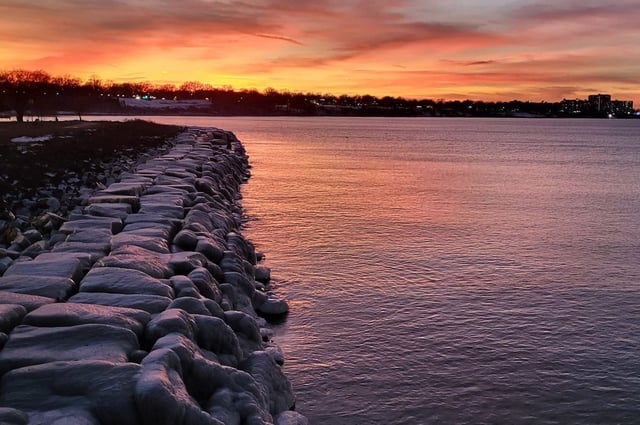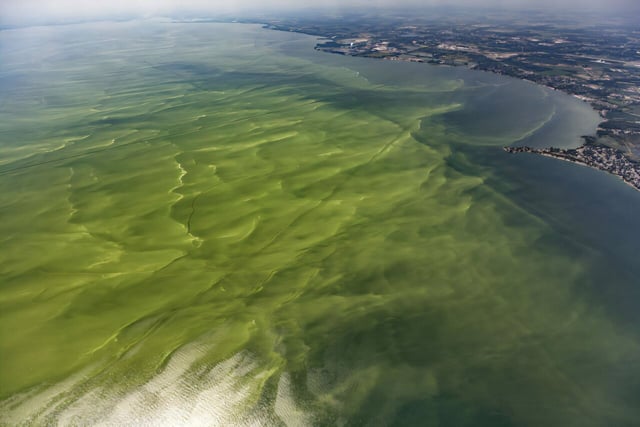Overview
- NOAA and its research partners assign this summer’s bloom a 3 on the HAB severity index, indicating mild to moderate conditions.
- The bloom is expected to begin in early July, peak in August and remain confined to the lake’s western basin, avoiding Cleveland’s water intake.
- Cyanobacteria-produced toxins, notably microcystin, threaten drinking water safety, recreational use and local economies with annual costs exceeding $70 million.
- Agricultural nutrient runoff remains the primary driver of blooms, and Ohio’s H2Ohio program shows early reductions in runoff but faces uncertain future funding.
- Climate-driven warmer temperatures and heavier precipitation have lengthened bloom seasons, prompting NOAA to schedule late July forecast updates.

